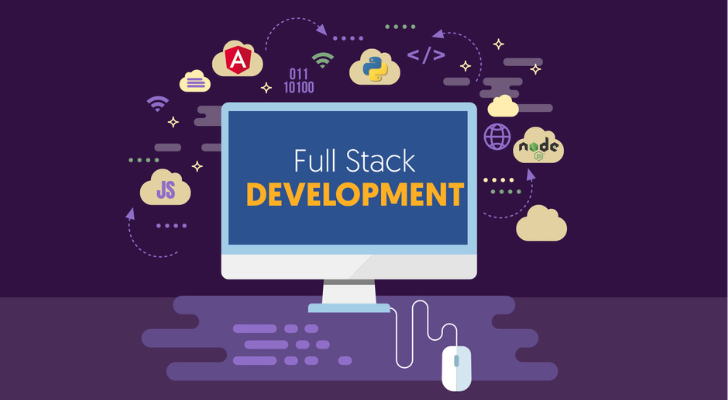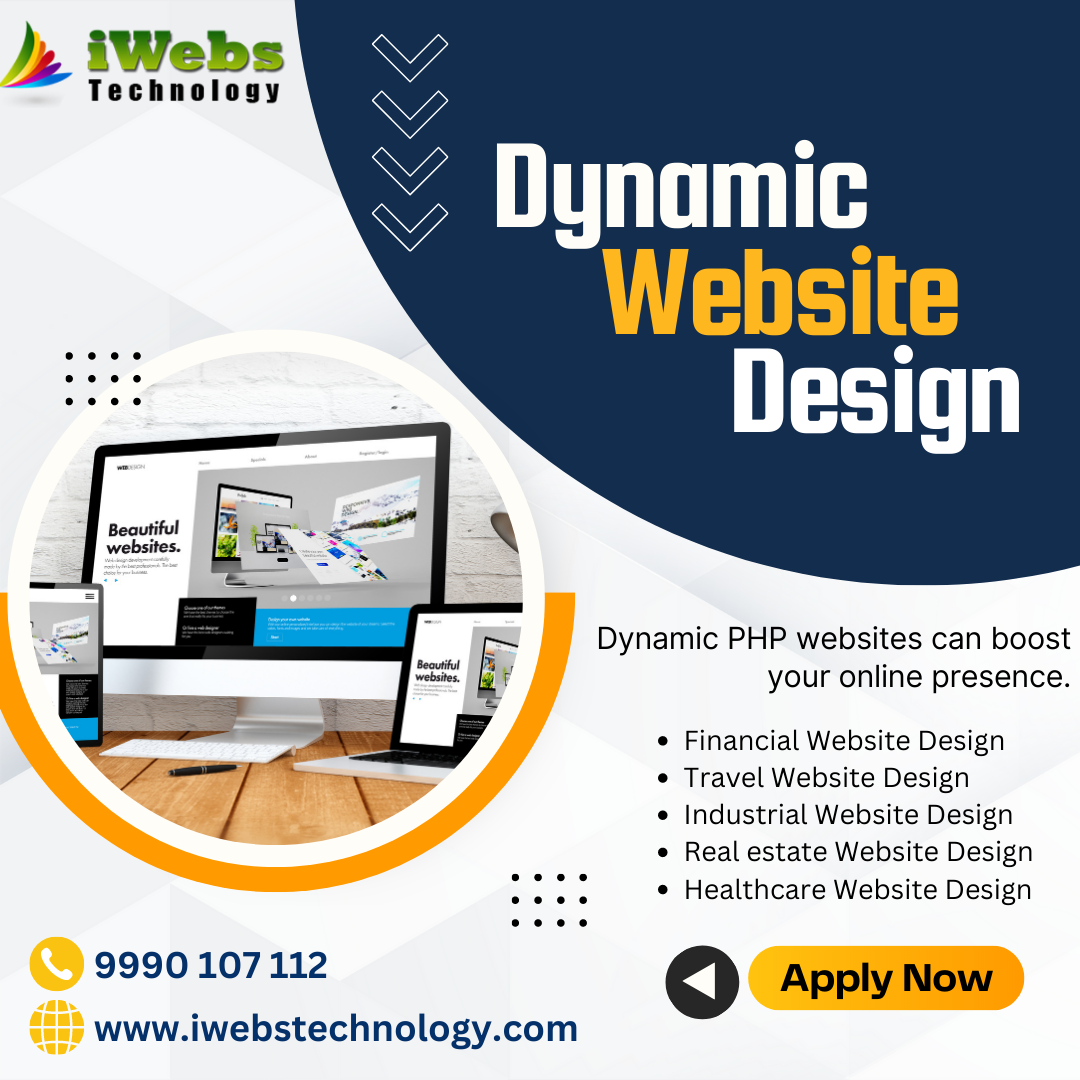Full Stack Development

In the realm of web development, Full Stack Development emerges as a comprehensive approach where developers master both frontend and backend technologies, allowing them to create end-to-end solutions. A Full Stack Developer possesses the versatility to work on the client side (frontend) as well as the server side (backend), making them instrumental in the complete lifecycle of web application development. Let's delve into the key aspects, skills, and advantages of Full Stack Development.
1. Frontend Development:
- Languages and Technologies: HTML, CSS, JavaScript.
- Responsibilities: Designing and implementing user interfaces, ensuring a seamless and engaging user experience.
- Frameworks: React, Angular, Vue.js.
2. Backend Development:
- Languages and Technologies: Node.js (JavaScript), Python, Ruby, Java, PHP.
- Responsibilities: Building server-side logic, managing databases, handling user authentication, and ensuring the overall functionality of the application.
- Frameworks: Express.js, Django (Python), Ruby on Rails, Spring (Java).
3. Database Management:
- Types: Relational (MySQL, PostgreSQL) and NoSQL (MongoDB, Cassandra).
- Responsibilities: Storing, retrieving, and managing data efficiently. Full Stack Developers are adept at working with various database systems.
4. Server and Hosting Environment:
- Servers: Apache, Nginx.
- Cloud Services: AWS, Azure, Google Cloud.
- Responsibilities: Deploying and managing applications, ensuring scalability and performance in various hosting environments.
5. Version Control/Git:
- Tools: Git, GitHub, GitLab.
- Responsibilities: Collaborative development, tracking changes, and managing code repositories.
6. Web Application Architecture:
- Patterns: Model-View-Controller (MVC), Model-View-ViewModel (MVVM).
- Responsibilities: Structuring applications for scalability, maintainability, and efficient code organization.
7. API (Application Programming Interface):
- Types: RESTful, GraphQL.
- Responsibilities: Developing and integrating APIs for communication between frontend and backend components.
8. Knowledge of Web Protocols:
- Protocols: HTTP/HTTPS, WebSockets.
- Responsibilities: Understanding and working with protocols for data exchange and communication.
9. Frontend and Backend Integration:
- Responsibilities: Seamlessly connecting frontend and backend components, ensuring data flow, and implementing application logic.
Skills Required for Full Stack Development:
-
Programming Languages:
- Proficiency in languages such as JavaScript, Python, Ruby, or Java.
-
Frontend Development:
- Mastery of HTML, CSS, and JavaScript.
- Experience with frontend frameworks like React, Angular, or Vue.js.
-
Backend Development:
- Expertise in server-side languages like Node.js, Python, Ruby, or Java.
- Knowledge of backend frameworks such as Express.js, Django, Ruby on Rails, or Spring.
-
Database Management:
- Ability to work with both relational and NoSQL databases.
-
Version Control:
- Understanding of Git for collaborative development.
-
Web Servers and Hosting:
- Familiarity with servers like Apache or Nginx.
- Experience with cloud services like AWS, Azure, or Google Cloud.
-
API Development:
- Proficient in building and integrating APIs using RESTful or GraphQL.
-
Web Application Architecture:
- Knowledge of architectural patterns like MVC or MVVM.
-
Problem-Solving and Troubleshooting:
- Ability to identify and solve issues at both frontend and backend levels.
Advantages of Full Stack Development:
-
Versatility and Flexibility:
- Full Stack Developers can work on various components of a project, providing flexibility in tasks and responsibilities.
-
End-to-End Development:
- They have a holistic understanding of the entire development process, from user interface design to server-side logic.
-
Cost-Effective Development:
- For smaller projects or startups, a Full Stack Developer can handle both frontend and backend tasks, reducing the need for multiple specialized roles.
-
Efficient Collaboration:
- Full Stack Developers can collaborate more effectively with both frontend and backend teams, fostering better communication and understanding.
-
Quick Problem Resolution:
- Having a comprehensive view of the application allows Full Stack Developers to troubleshoot and resolve issues efficiently.
-
Rapid Prototyping:
- They can create prototypes quickly, allowing for faster iterations and development cycles.
Challenges and Considerations:
-
Depth of Expertise:
- Full Stack Developers may not have the same depth of expertise as specialized frontend or backend developers.
-
Keeping Up with Technologies:
- Staying updated with advancements in both frontend and backend technologies can be challenging.
-
Project Scale:
- For large-scale projects, specialized roles may be necessary for in-depth expertise.
🚀 Master Top Web & App Frameworks
Explore structured tutorials for AngularJS, React, Laravel, Flutter, PHP, SQL, and more.
📘 Introduction to AngularJS
Introduction to AngularJS overview
📘 Introduction to Laravel
Learn Introduction to Laravel in Laravel with real-world examples and step-by-step guide.
📘 Introduction to CodeIgniter
An introduction to Introduction to CodeIgniter in CodeIgniter with examples.
📘 Introduction to React
Quick overview and guide to Introduction to React in React JS.
📘 Introduction to Flutter
An easy-to-follow tutorial on Introduction to Flutter in Flutter mobile app development.
📘 Introduction to Kotlin
Learn Introduction to Kotlin in Kotlin programming with examples for Android or backend apps.
📘 Introduction to PHP
Understand Introduction to PHP in PHP with practical examples and clear syntax.
📘 Introduction to SQL
Understand Introduction to SQL in SQL for effective database querying and management.
📘 Introduction to Bootstrap 5
Understand Introduction to Bootstrap 5 in Bootstrap 5 for responsive web design using pre-built components.
📘 Introduction to HTML
Understand Introduction to HTML in HTML to create structured, semantic, and accessible web content.
📘 Introduction to CSS
Explore Introduction to CSS in CSS to enhance web design using styling properties and layout techniques.
📘 Introduction to JavaScript
Understand Introduction to JavaScript in JavaScript to build dynamic and interactive web experiences.
📘 Introduction to Node.js
Explore Introduction to Node.js in NodeJS for backend development using JavaScript and non-blocking architecture.
📘 Introduction to AJAX
Understand Introduction to AJAX in AJAX to update web pages without full reloads using asynchronous JavaScript and XML.
📘 Introduction to jQuery
Learn Introduction to jQuery in jQuery to write less and do more with simplified JavaScript operations and cross-brow...
📰 Latest Blog Posts
Insights, tutorials, and tech stories from our experts.
Transform Your Passion into a Web Development Career
Do you love tech? Let’s turn it into a profession with full stack development.
Not Just Coding – Career-Focused Full Stack Training
We don’t just teach code—we teach how to get jobs with it.
Learn, Code, Build, Get Hired – Full Stack Program
A step-by-step path to go from beginner to hired developer.
BCA/MCA/B.Tech? Start Building Real Websites Now!
Already pursuing IT education? Now build real websites with us!
Offline Full Stack Training in Dwarka & Uttam Nagar – Limited Seats!
Join our offline batch in Dwarka or Uttam Nagar and learn full stack development practically.
Struggling in Interviews? Build Skills That Get You Hired!
Facing rejections in job interviews? Build the right skills and project experience.


